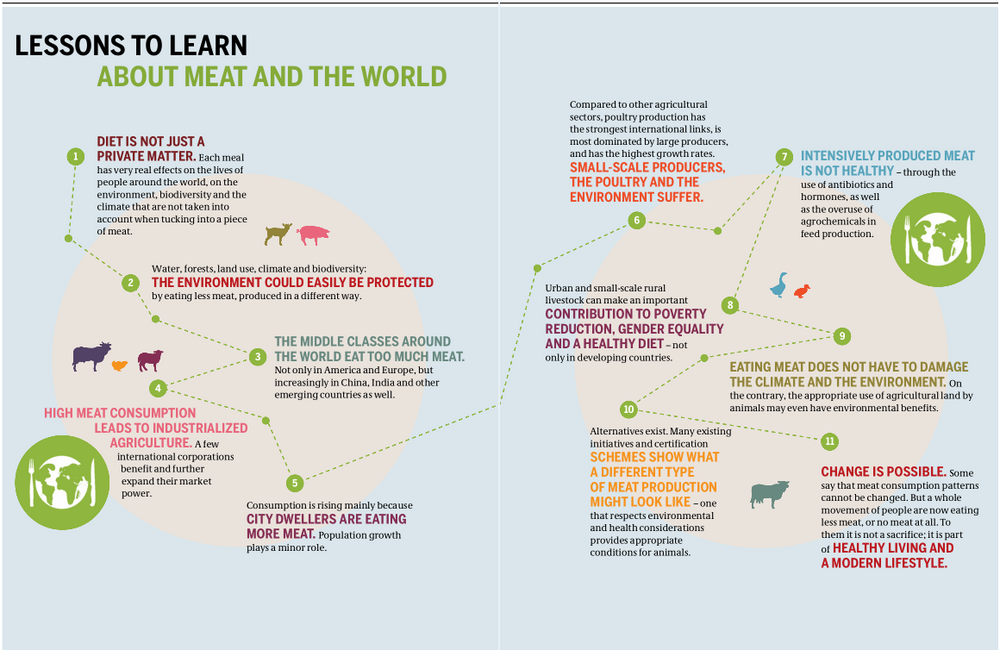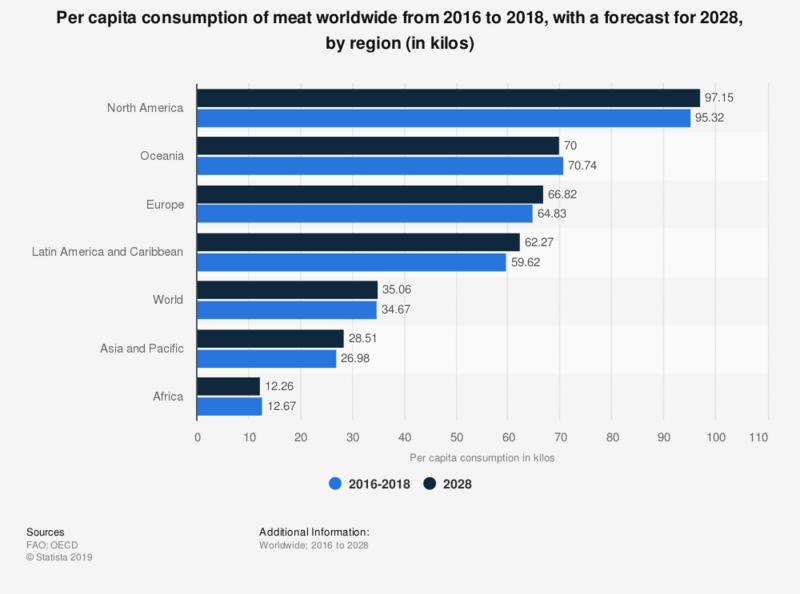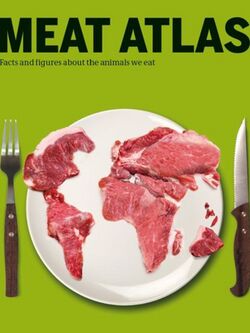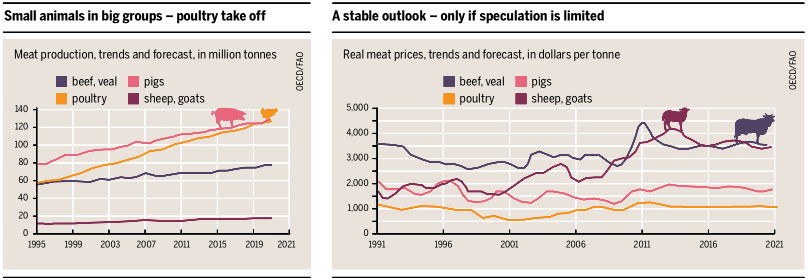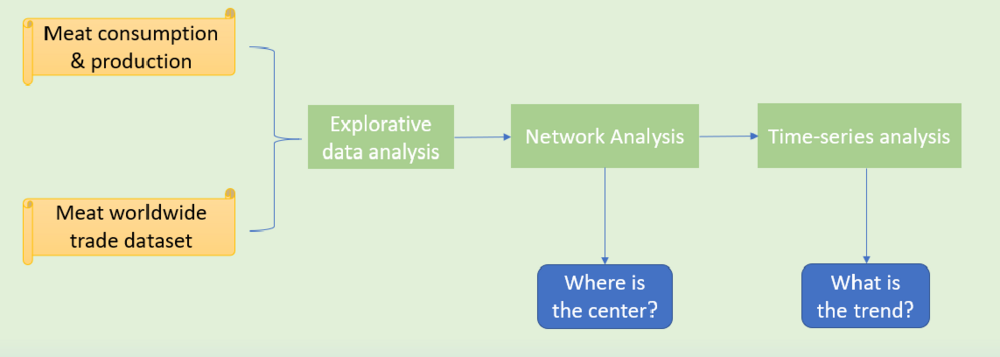Group16 proposal
Project Motivations
In recent decades, humans step into the gold time of human history. We have seen rising internet technology, growing digital society and updating infrastructure. But if we pull back our sights to real daily life and onto the diet table, what is the change? For our team members(Chinese after the '90s), more meat. Today we can enjoy meat in different types of situations and have our own, very personal preferences. From our first thought, more meat consumption seems common for the whole world.
Brazil, Russia, India, China, and South Africa – the BRICS – are five big developing countries that are setting out from different starting points. They may not end up with the food consumption patterns of the industrialized West but it is undeniable that they together account for 40% of the world's population. The data shows that between 2003 and 2012, their meat consumption rose by 6.3 percent a year and it is expected to rise by another 2.5 percent a year between 2013 and 2022. Also, the demand for meat in the developed world has also peaked.
But will this trend continue, until when everyone in the world can enjoy as much meat as they wish?
The above figure just plotted the meat consumption per capita, both actual recent data and projected data. Although FAO considered many factors to forecast future meat consumption, the interesting thing is that future meat consumption per capita may not exceed today. Actually, this cannot be fully explained by reason like the healthy diet style with balanced food types. Because in regions such as Africa and Asia, people still eat meat at a low level.
Since meat consumption will not grow steadily as we think. The following question is what limits meat consumption to a certain level?
Motivated by this question and hoping to explain it, our team wishes to investigate the meat market, from production, consumption, to global trade inclusive.
Reviews on past work
A highly recommended work is Meat Altas(*Der Fleischatlas* in German)[1], a publication by the Heinrich Boell Foundation - a German environmental NGO - and Friends of the Earth Europe. Consisting of 27 short essays by different authors, the report aims to inform consumers about the impact of meat consumption on global poverty, climate change, animal welfare, biodiversity, and the migration of workers.
The book shows a full image via small stories with internal links. In the report, charts are attractive, giving insights to normal consumers that they hardly see in the food package.
Though inspired by the authors' work and goal, we have to point out two weaknesses from the view of data analysts:
- Most charts are in the same type of the above graph. They are successful in terms of story-telling visualization. However, some elements like the grid-line, background-color, and extended x-axis appear redundant while the distinguishment between the recent trend and the future forecast is missing.
- All conclusions are drawn by descriptive statistics and most of them are only qualitative. Surely we can test a conclusion to make it more convincing. More importantly, we can try to apply the time series analysis on meat production and consumption. If possible, a mathematical model can be built to conduct a sensitivity analysis and see how a change in the meat consumption amount will affect our world.
Data source
The core data is about meat consumption and production, which can be found in FAO and OECD.
Methodology
- Explorative data analysis: It can reveal a time trend or a geographical pattern of meat production and consumption.
- Multi-dimensional analysis: It can test or may confirm the relationship between meat and multiple social and environmental factors.
- Regression analysis: It will specifically explore the pressure from meat consumption on key natural elements - Land use, water, and emission.
- Time series analysis: It will be used to predict the future trend of the consumption and production of meat.
- Sensitivity analysis with mathematical model: It may simply profile the future status of some natural elements in a quantitative way, based on our assumptions and conclusions from the above analysis.
